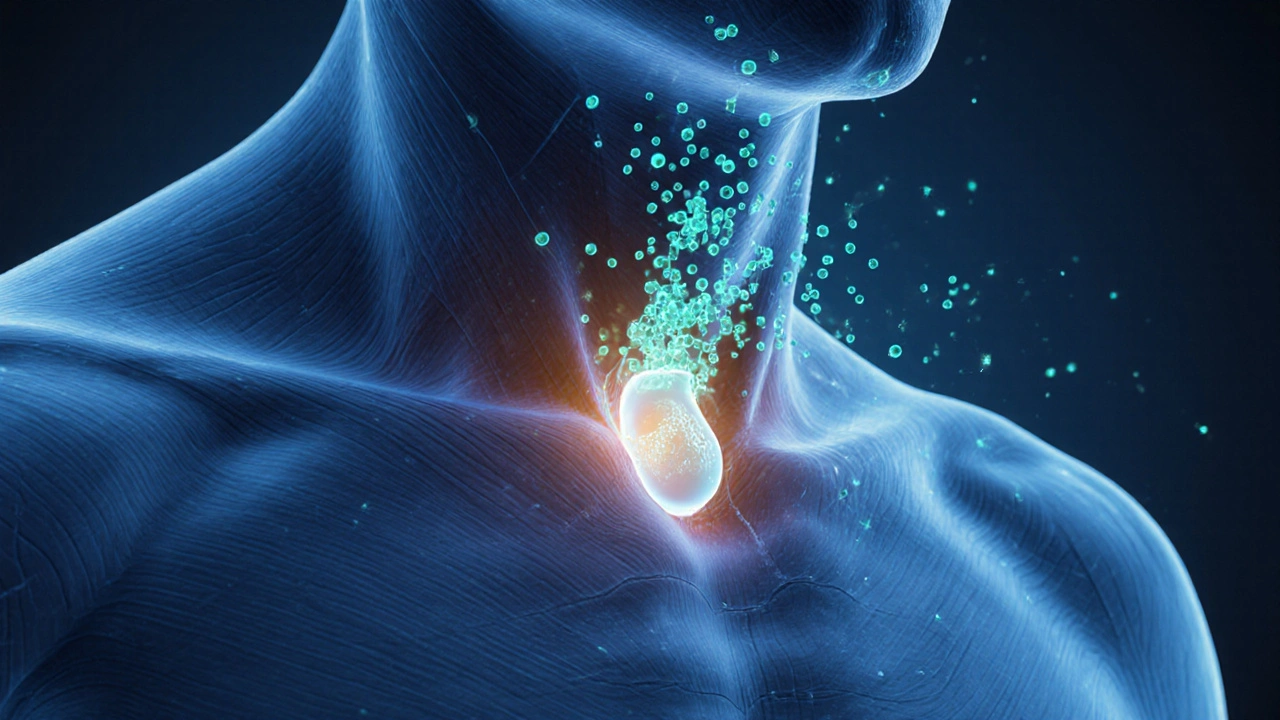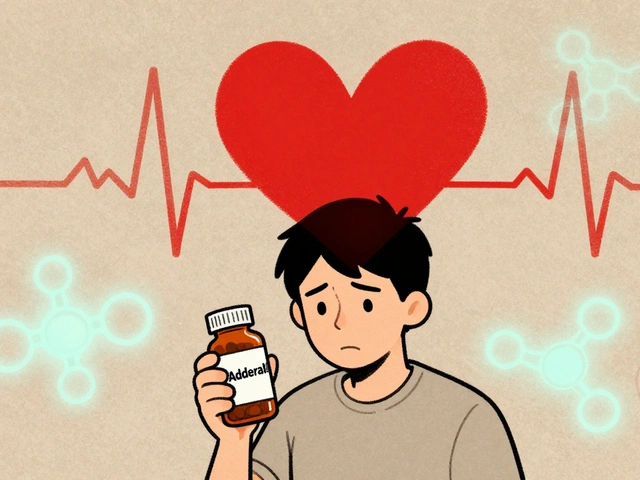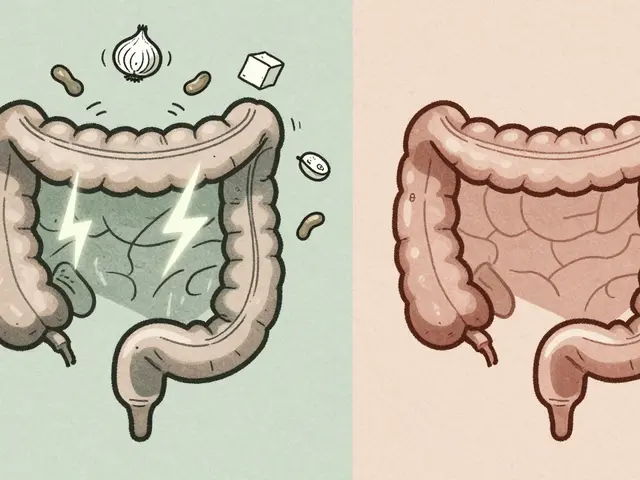Iodine-131 Therapy: What It Is and Why It Matters
When talking about Iodine-131 Therapy, a radioactive iodine treatment that destroys thyroid tissue. Also known as radioactive iodine therapy, it is a cornerstone for managing several thyroid conditions. Below we break down the basics, so you know exactly what to expect before, during, and after the procedure.
This treatment is most commonly linked to thyroid cancer, a malignant growth in the thyroid gland. By delivering targeted radiation, it can eliminate residual cancer cells after surgery. It’s also a first‑line option for hyperthyroidism, an overactive thyroid that produces too much hormone. In both cases, the therapy spares surrounding tissue, which is why many patients prefer it over external radiation.
How Iodine-131 Fits Into the Bigger Picture
Radionuclide therapy, a group of treatments that use radioactive substances to target disease includes Iodine-131 as a leading example. The success of this approach hinges on precise dosimetry, the calculation of radiation dose delivered to the thyroid. Accurate dosimetry ensures the dose is high enough to be effective while keeping side effects to a minimum. This balance is why specialists often use thyroid scans and blood tests before deciding on the exact activity to administer.
Preparation starts weeks ahead of the dose. Patients usually follow a low‑iodine diet to make thyroid cells more avid for the radioactive iodine. On the day of treatment, a small oral capsule or liquid is taken, and the patient stays in a safe area until radiation levels drop to acceptable limits. Most people can go home the same day, but they must avoid close contact with infants and pregnant women for a few days.
Side effects are generally mild but worth knowing. The most common is a temporary sore throat or neck discomfort as the thyroid tissue absorbs the radiation. Some people experience increased salivation or a metallic taste. Rarely, the salivary glands themselves can be affected, leading to dry mouth. Long‑term risks, such as secondary cancers, are low when proper dosimetry is followed, and ongoing monitoring helps catch any issues early.
Follow‑up imaging is a key part of the care plan. A whole‑body scan performed a few days after the dose shows where the iodine has traveled, confirming that the thyroid or any metastatic tissue absorbed the radiation. Blood work to check thyroid hormone levels follows weeks later; many patients need to start lifelong hormone replacement if the treatment removed most of their thyroid function.
Living with Iodine-131 therapy isn’t just about the procedure itself. Patients report feeling more at ease when they understand the process, know the safety measures, and have clear guidelines for daily life after treatment. Simple steps—like drinking plenty of fluids, practicing good oral hygiene, and scheduling regular check‑ups—can ease recovery and improve outcomes.
Below you’ll find a curated selection of health articles that dive deeper into related topics, from medication comparisons to lifestyle tips for managing chronic conditions. Use these resources to round out your knowledge and make informed decisions about your care.

- Oct 5, 2025
- Posted by Cillian Osterfield
Radioactive Iodine Treatment for Thyroid Cancer: How It Works, Side Effects & Recovery
Learn how radioactive iodine (I‑131) works for thyroid cancer, preparation steps, side effects, and post‑treatment follow‑up in clear, practical terms.
Categories
- Health and Wellness (61)
- Medications (45)
- Health and Medicine (22)
- Pharmacy Services (11)
- Mental Health (5)
- Health and Career (2)
- Medical Research (2)
- Business and Finance (2)
- Health Information (2)
Latest Posts
©2025 heydoctor.su. All rights reserved





